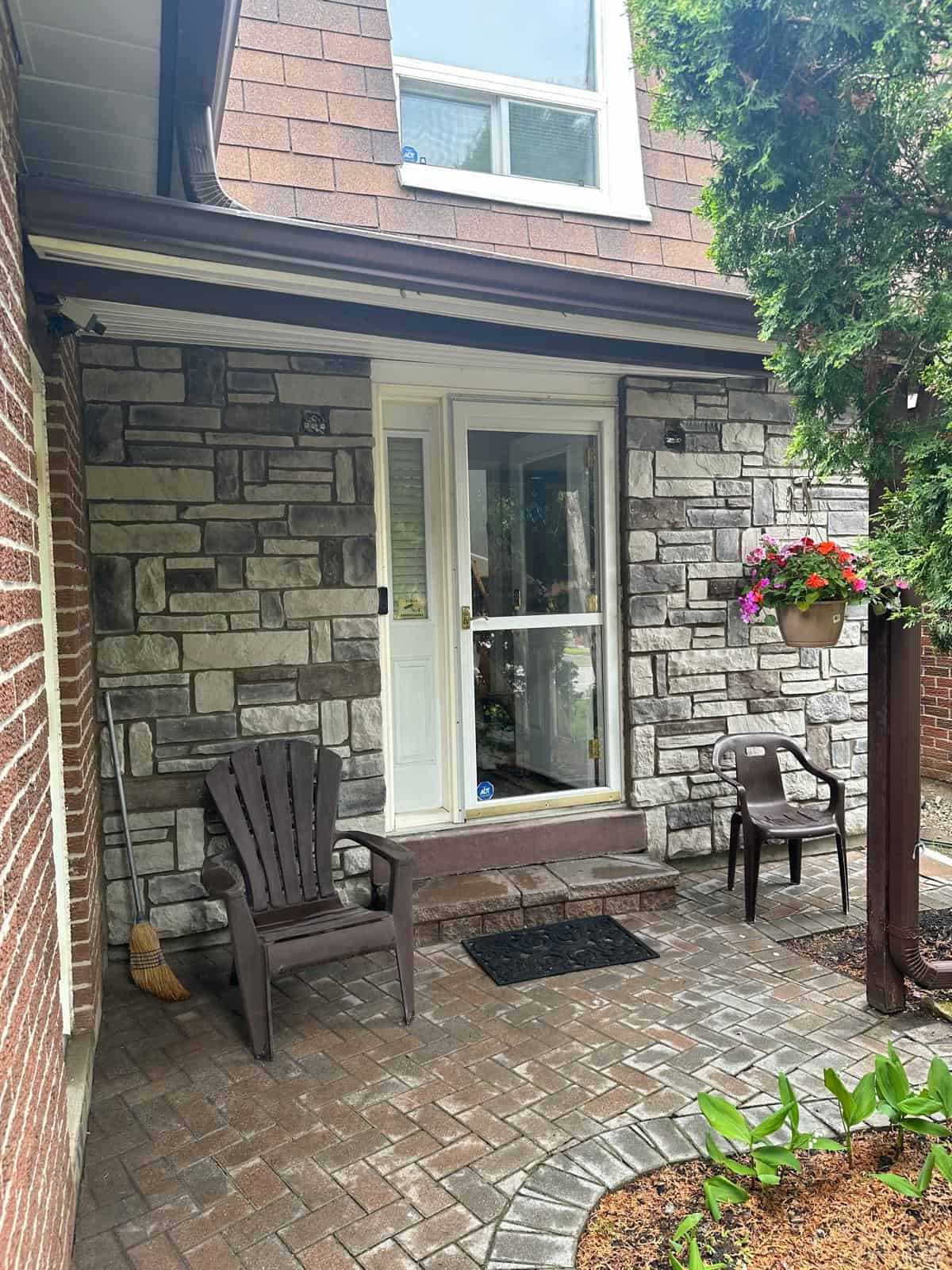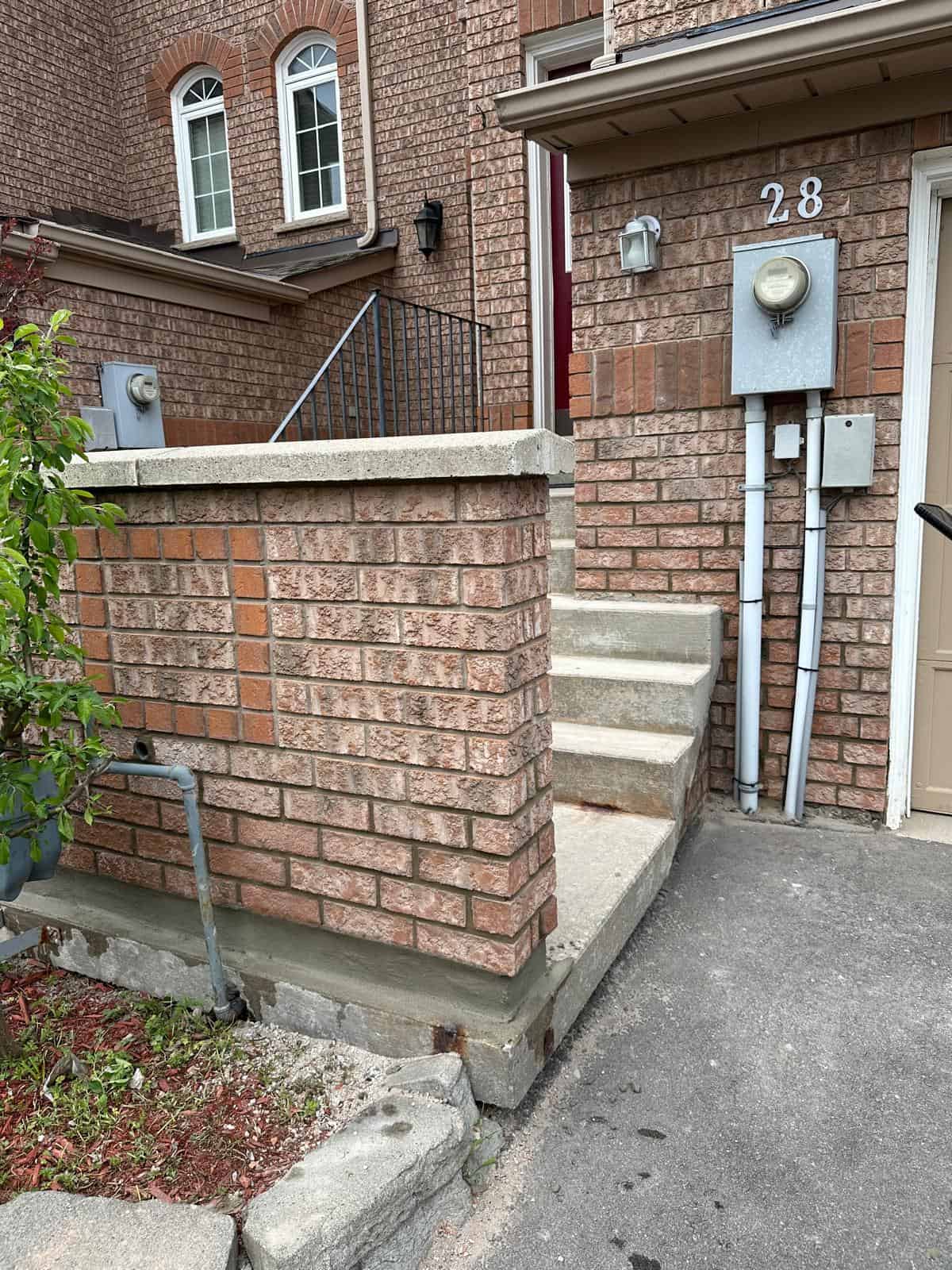DIY Chimney Cap Installation

Protecting Your Chimney: Understanding Chimney Caps and Flashing
A warm fire on a winter day is hard to beat, but keeping your chimney in good shape requires attention to detail. Without proper maintenance, water can penetrate the masonry, soot can build up, and structural issues can develop. One of the best ways to safeguard your chimney is by ensuring it has a proper masonry cap and flashing to protect it from the elements.
What Is a Chimney Cap?
A chimney cap is the solid, protective top layer of your chimney, typically made from concrete, limestone, or brick. This cap sits directly on top of the masonry stack and plays a crucial role in sealing the chimney’s top, preventing water infiltration and protecting the internal structure of your chimney.
Unlike metal covers or screens, which are sometimes confused with chimney caps, a true chimney cap is part of the masonry system itself. It overhangs slightly to direct water away from the chimney walls and is often paired with properly installed copper flashing, stainless steel flashing, or aluminum flashing for maximum protection.
Why Chimney Caps Matter
Water is the biggest enemy of your chimney. Without a proper cap, rain and melting snow will seep into the bricks and mortar, causing cracks, deterioration, and costly structural damage over time. A well-constructed cap protects against:
- Water Damage: Directs water away from the masonry to prevent internal leaks and erosion.
- Freeze-Thaw Cycles: Prevents water from entering and freezing inside the chimney structure, which can cause bricks to crack and spall.
- Animal Intrusion: Along with flashing and proper sealing, it helps deter birds and pests from nesting in or around the chimney stack.
Types of Chimney Cap Materials
When choosing a chimney cap, the material you select matters for both performance and appearance. Here’s a closer look at the top choices:
Concrete Chimney Caps
Concrete caps are a durable and cost-effective solution for most homes. They can be precast or poured on-site to fit your chimney exactly. Reinforced concrete caps include steel rebar or mesh to prevent cracking and improve longevity.
With proper design — including an overhang and drip edge — concrete caps offer excellent water resistance and protection against freeze-thaw cycles. Regular inspections can help catch minor cracks early, extending the life of your cap.
Limestone Chimney Caps
Limestone caps provide a more refined and natural appearance. Limestone is a dense, durable stone that stands up well to the elements while complementing both traditional and modern architecture. The natural texture and light color of limestone make it a popular choice for homeowners looking to enhance their home’s curb appeal.
Limestone caps are typically custom cut to fit your chimney and require professional installation to ensure proper drainage and alignment with the flashing system.
Brick Chimney Caps
Brick chimney caps are often built as an extension of the chimney itself, providing a seamless look. They can be more susceptible to water absorption than concrete or limestone, so they must be installed with precision and paired with high-quality masonry tuckpointing and sealing for maximum effectiveness.
Brick caps offer charm and authenticity, especially for heritage homes or restoration projects, but they do require more frequent maintenance to remain watertight.
What About Flashing?
While the cap protects the top of your chimney, the base where it meets the roof is just as critical. This is where chimney flashing comes in. Flashing is installed at the base of the chimney stack and acts as a barrier to direct water away from the vulnerable intersection between the chimney and the roofline.
Popular materials for flashing include:
- Aluminum flashing – Lightweight and affordable, but requires periodic maintenance.
- Copper flashing – Highly durable and develops a beautiful patina over time.
- Stainless steel flashing – Extremely resistant to corrosion and ideal for harsh climates.
For best results, flashing should be installed over the concrete or limestone cap to ensure a tight, waterproof seal.
Maintenance Tips for Chimney Caps and Flashing
Regular maintenance is essential to keep your chimney cap and flashing in top condition. Here’s how to protect your investment:
Inspect Annually
Schedule an annual inspection with a professional chimney repair specialist. They can spot early signs of wear like cracks, loose flashing, or deteriorating mortar joints.
Keep It Clean
Clear debris such as leaves, twigs, and nests from around your chimney cap and flashing to prevent blockages and moisture buildup.
Address Repairs Promptly
If you notice cracked masonry, rusted flashing, or signs of water intrusion, act quickly. Delaying repairs can lead to more extensive damage down the line.
Choosing the Right Chimney Cap for Your Home
When selecting a chimney cap, consider your home’s style, your local climate, and your long-term maintenance preferences. Concrete caps are practical and budget-friendly, limestone offers a premium, elegant appearance, and brick caps provide architectural cohesion for heritage properties.
Pair your chosen cap with high-quality flashing to ensure complete chimney protection.
When to Call a Professional
Chimney cap and flashing installation is not a DIY project. Proper placement, sealing, and alignment require the skills of an experienced mason. If your chimney cap is showing signs of wear, or if you suspect your flashing may be compromised, don’t wait.
At GTA Brickworks, we offer expert chimney repair services and chimney cap replacement. Contact us today for a free assessment and keep your chimney safe and sound for years to come.
Get your Masonry Project completed with GTA Masonry for dreamy results you wont be able to stop admiring.










Hours of Operation
Monday - Sunday
8:00 AM - 8:00 PM

